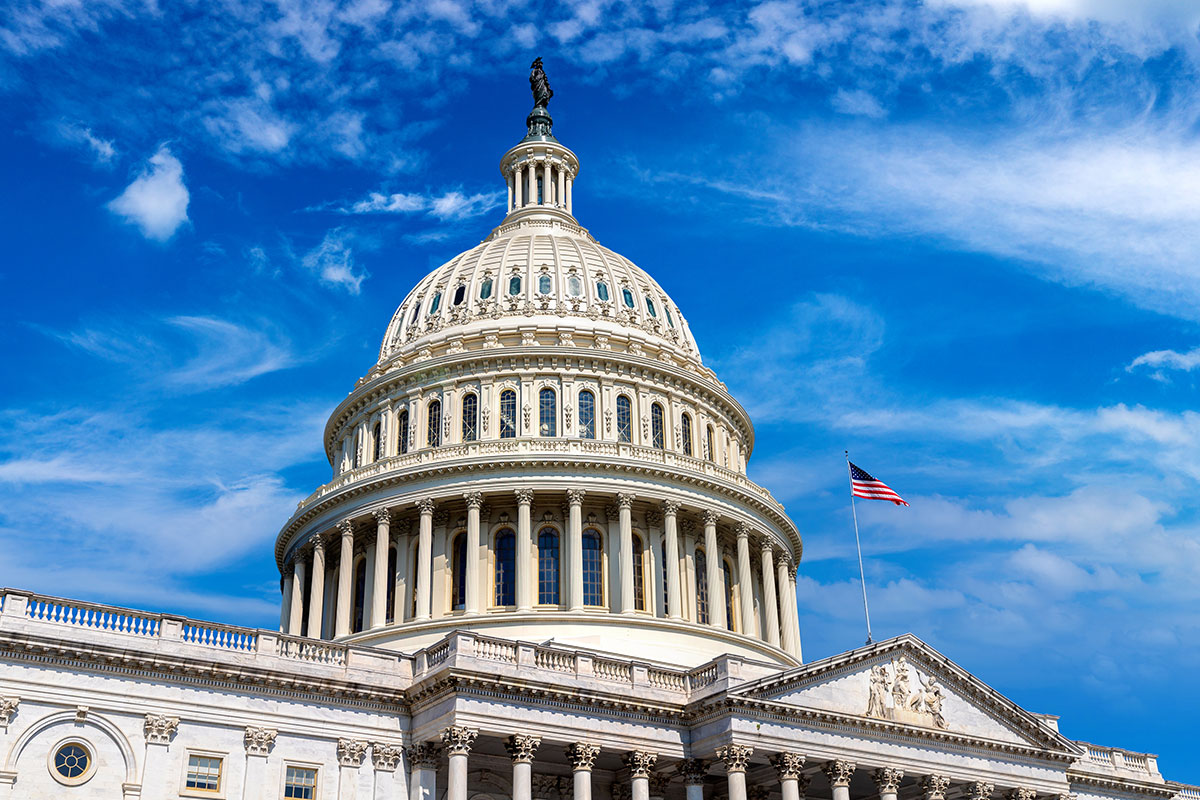One bank’s performance doesn’t define an industry
We are two months into 2024, and instead of looking ahead and maintaining positive momentum from a strong Q4 2023 performance, I find myself experiencing an unwelcome sense of déjà vu.
Regional banks are once again the target of dramatized and often misleading headlines because for the second time in less than 12 months, industry pundits are projecting idiosyncratic challenges from one company onto the entire sector.
I’ve served as the CEO at the same financial institution for more than two decades. As such, I feel a responsibility to share a factual perspective that will hopefully help allay concerns swirling from partial information.
A single raindrop does not make a storm
Accumulated other comprehensive income (AOCI) and unadjusted uninsured deposit levels helped fuel the fire that was needlessly ignited against regional banks by commentators last year. This was a classic case of people not wanting facts to get in the way of a good narrative.
One lesson learned during that time was the power of various market participants to create and feed a largely media-based crisis. Story lines focused on the downfall of three banks, and their problems wrongly became the harbinger for the entire industry.
A grab for headlines made this issue much bigger than it was, setting a dangerous cause and effect into action. The more headlines centered on this unsubstantiated narrative, the more people believed an industry crash to be imminent – and it impacted their financial decisions.
Now, a commercial real estate overconcentration at a New York-based regional lender is being falsely positioned as the canary in the coal mine for all regional banks. It is unclear if this is a pervasive issue at the lender. However, the missing data point is that the lender had other issues related to its size after it acquired assets from one of the spring 2023 bank failures.
The other shoe isn’t dropping
Recently released 2023 year-end earnings reports confirmed what we already knew to be true and what people should be focusing on: the fundamental performance metrics within the regional banking industry remains steady.
Most regional banks, and specifically UMB, were well prepared and have emerged with positive results. These companies are now actively managing toward continued momentum this year. While there is a significant shift in how commercial office space is being utilized post-COVID, these issues are likely to remain isolated.
I’ll point out this is not the first time pundits successfully created unnecessary public concern. Just over 24 years ago, experts were convinced Y2K would create mass chaos on computer systems, including financial databases. Yet, when the clock struck midnight on New Year’s Day, nothing changed.
Regional banks are resilient
The resiliency of the banking industry has been evident and on display in recent months as liquidity, regulatory capital levels, loan portfolio asset quality, and funding sources remain strong. I’d also like to share some compelling data that, despite what is being broadcast daily, clearly highlights the soundness of regional banks.
At year-end 2023, there were 87 publicly traded, regional or mid-sized banks with assets between $10 billion to $100 billion, representing nearly $2.5 trillion in total assets. Five-year growth rates for those banks were solid, including:
- Total Assets +64.7%
- Total Revenue +41.5%
- Average Loan Balances +59.9%
- Average Deposit Balances +65.4%
Additionally, capital ratios are an indicator of how well banks can meet their obligations. Over the past five years, median Total Risk-Based Capital Ratios for midsize banks have improved by 0.47% to 14.3%, which is well above the regulatory minimum of 10% to be considered well capitalized.
We need to stop looking for crisis
I have consistently steered our company through many real challenges, including the 2008 Great Recession (where we were one of the first banks to turn down TARP funding) and the recent COVID-19 global pandemic.
Last year, we added managing an imaginary crisis to this list. A fabricated catastrophe instilled fear and disruption in the American people, the stock market and the financial industry.
We saw the impact that a misguided narrative could have on the economy, public perception and policy and the financial system’s stability. Months of reassurance, fact-sharing, and continued solid performance finally turned us back to a normal path in 2023, but not before it wreaked unnecessary havoc.
There are many significant challenges facing our country and the world, but regional banking stability is not one of them.
Hold ourselves, and others, accountable
The constant, real-time cadence of news creates both opportunities and hurdles. While we have never been better positioned to share important information quickly and efficiently, we also regularly receive partial and inaccurate details touted as facts. As such, I challenge all of us to be curious, intellectually honest and brave in voicing expert perspectives when faced with misinformation.
While it can be daunting to step out and share your thoughts publicly, it is critical for leaders to speak up to ensure it’s not just the loudest voices being heard, but the informed and accurate ones as well. The influence and impact from those in a position of authority cannot be underestimated.
Recently, we’ve seen commentary from established industry experts, including Michael Barr, vice chair for supervision at the Federal Reserve, which I applaud. I hope this will encourage more leaders to speak up during challenging times. When I reflect on last spring, I often wonder what may have been different if more leaders had weighed in.
Do your homework
Filter out the noise from the news, social media, friends and family chatter. Expend the effort to research bank performance, review historical events for context, and lean on those with deep and specialized knowledge. Relying on surface-level commentary can obscure the facts or simply misinform.
Ask questions, seek information, think critically, hold experts accountable, and make sure something is true before we assume, share or act. Doing so will ensure good intent, productive conversations and a more accurate account of whatever subject is ruling the conversation of the day.
Learn more about UMB’s history of stability as a 110-year old financial institution. Stay informed on industry trends and noteworthy company news by visiting our Industry News section on umb.com.





